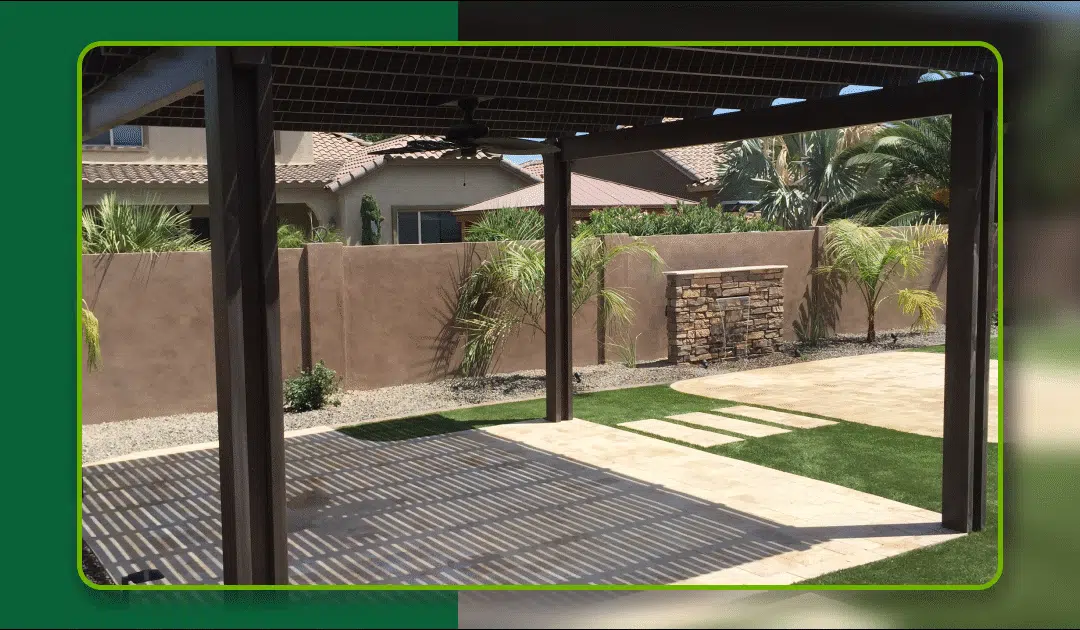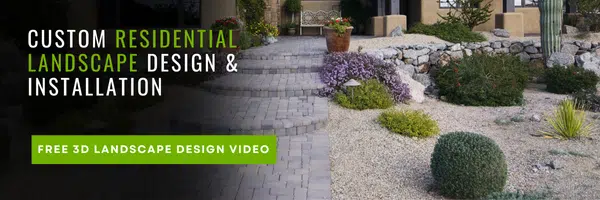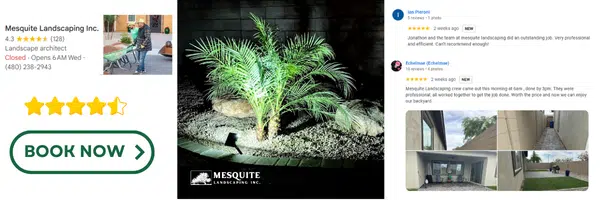Maintaining a traditional lawn in Arizona can be a costly and time-consuming battle. Between high water bills, constant mowing, and stubborn dead patches, many homeowners are making the switch to artificial grass.
Artificial turf offers the dream of a green, low-maintenance yard year-round—but it’s not without its downsides. In this guide, we’ll break down the real pros and cons of installing artificial turf in Arizona, including a few things most people don’t mention. Plus, we’ll share why choosing the right landscaping company makes all the difference in getting the results you want.
If you’re weighing your options, this is the ultimate guide you’ll want to read first.
Why Artificial Grass is Gaining Popularity in Arizona
Arizona’s water scarcity isn’t a future problem; it’s happening right now. The average Phoenix-area homeowner uses up to 70% of their water outdoors—most of it on lawns that barely survive the desert heat.
Combine that with rising utility costs, HOA pressures, and extreme weather, and it’s no wonder more people are turning to artificial grass. With no need for constant watering, reseeding, or mowing, synthetic lawns offer an easy, attractive alternative that fits the realities of Arizona living.
Plus, modern artificial turf looks and feels better than ever before. It’s not the fake green carpet your grandparents had—today’s turf is designed to mimic the real thing almost perfectly.
Pros of Installing Artificial Grass
Let’s talk about the good stuff first—because honestly, there’s a lot of it.
1. Saves Water and Reduces Bills
Arizona’s water conservation efforts are no joke. Every gallon counts.
By switching to artificial turf, you can cut your outdoor water usage by up to 75%. That can save thousands of gallons—and hundreds of dollars—every single year.
In a state where drought restrictions are tightening, that’s not just smart. It’s responsible.
2. Low Maintenance
Forget about mowing, weeding, fertilizing, or reseeding ever again.
Once your artificial grass is installed, maintenance is simple: occasional rinsing to remove dust and a quick brushing to keep fibers upright. That’s it.
The time and energy you save? Priceless.
3. Durability and Longevity
High-quality artificial turf installed by experienced landscapers in Arizona can last 15–20 years or more.
It holds up against heavy foot traffic, pets, kids, and even backyard BBQ disasters. You won’t find those embarrassing dead patches in the middle of summer anymore.
4. Allergy Reduction
Grass pollen is one of the biggest triggers for allergies in Arizona.
Replacing real grass with turf means no pollen and fewer allergens floating around your backyard. It’s a breath of fresh air—literally.
5. Consistent Appearance Year-Round
Your backyard will stay lush and green no matter the season.
No brown patches, no muddy spots, no winter dormancy. It’s the curb appeal upgrade you didn’t know you needed.
Benefits of Artificial Grass vs Natural Grass
|
Feature |
Artificial Grass |
Natural Grass |
|
Water Usage |
Very Low |
High |
|
Maintenance Time |
Minimal |
Extensive |
|
Annual Cost |
Lower over time |
Higher |
|
Allergy-Friendly |
Yes |
No |
|
Appearance Year-Round |
Always green |
Seasonal |
Cons of Installing Artificial Grass
Now for the part no one likes to talk about—but needs to.
1. Surface Heat
Here’s the big one: artificial grass gets hot.
During Arizona summers, turf can heat up to 30–50 degrees hotter than natural grass. That means surfaces can become uncomfortable—or even dangerous—for bare feet and paws.
Solutions include installing shade structures, using cooling infill, or misting systems to lower temperatures.
2. Potential Environmental Concerns
While it conserves water, artificial turf is still made from synthetic materials.
That means at the end of its life, disposal could become an issue if it’s not recyclable. Some brands are working toward greener products, so ask your landscaping company about sustainable options.
3. Limited Biodiversity
Artificial lawns don’t support the same ecosystems as natural ones.
Bees, butterflies, and beneficial insects rely on real plants for survival. If creating a pollinator-friendly environment is important to you, you’ll want to reserve at least part of your yard for real greenery.
4. Repairs and Replacement
Turf is tough—but it’s not indestructible.
Heavy furniture, sharp objects, or poor installation can cause damage. While individual repairs are possible, they can be noticeable and sometimes costly.
Drawbacks of Artificial Grass vs Natural Grass
|
Issue |
Artificial Grass |
Natural Grass |
|
Upfront Cost |
High |
Low |
|
Surface Temperature |
Hotter in summer |
Cooler |
|
Biodiversity Support |
Minimal |
High |
|
Longevity |
15–20 years |
Ongoing upkeep |
|
Environmental Impact |
Depends on material |
Natural |
Cons of Installing Artificial Grass
Now for the part no one likes to talk about—but needs to.
1. Surface Heat
Here's the big one: artificial grass gets hot.
During Arizona summers, turf can heat up to 30–50 degrees hotter than natural grass. That means surfaces can become uncomfortable—or even dangerous—for bare feet and paws.
Solutions include installing shade structures, using cooling infill, or misting systems to lower temperatures.
2. Potential Environmental Concerns
While it conserves water, artificial turf is still made from synthetic materials.
That means at the end of its life, disposal could become an issue if it’s not recyclable. Some brands are working toward greener products, so ask your landscaping company about sustainable options.
3. Limited Biodiversity
Artificial lawns don’t support the same ecosystems as natural ones.
Bees, butterflies, and beneficial insects rely on real plants for survival. If creating a pollinator-friendly environment is important to you, you’ll want to reserve at least part of your yard for real greenery.
4. Repairs and Replacement
Turf is tough—but it’s not indestructible.
Heavy furniture, sharp objects, or poor installation can cause damage. While individual repairs are possible, they can be noticeable and sometimes costly.




